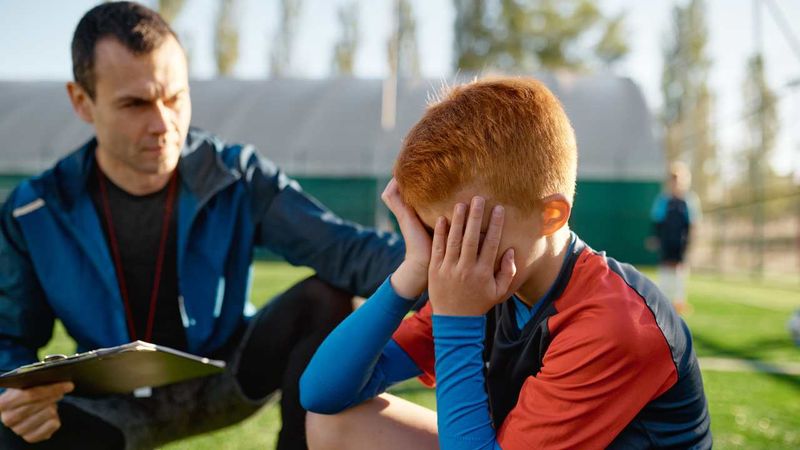Parents always strive to provide the best for their children, encouraging them to engage in activities that promise growth, learning, and fun. However, not all seemingly beneficial activities are as safe as they appear. In the pursuit of well-rounded development, some parents may unintentionally push their children into pursuits that can cause more harm than good.
It’s important to be aware of these activities and approach them with caution, ensuring that safety and well-being are the primary focus. Here, we delve into five such activities that, although popular, warrant a second look to better protect our children.
1. Trampoline Jumping

Trampolines, a backyard staple, often promise endless fun and laughter. Yet, this bouncy delight masks potential dangers lurking beneath its springs. With every joyful leap, there’s a risk of falls, sprains, or even more serious injuries. nnA momentary loss of balance can lead to unexpected accidents, sometimes involving more than one child. The allure of soaring high can overshadow the need for caution. Parents are advised to supervise closely and ensure safety nets are in place. nnWhile the thrill is undeniable, understanding the risks helps in making informed decisions about trampoline use.
2. Competitive Sports Pressure

The competitive nature of youth sports can ignite a spark in young athletes, driving them to excel. However, this fierce environment can also breed undue pressure and anxiety. nnThe quest for victory often overshadows the joy of the game itself, leading to stress and burnout. Children may feel the weight of expectations, pushing them beyond their limits. nnFor many, this pressure can overshadow the benefits of teamwork and exercise. Parents should emphasize fun and personal growth over mere winning, ensuring a balanced experience for their young stars.
3. Excessive Screen Time

In this digital age, screens are an integral part of daily life. Yet, excessive screen time poses several risks for children.nnProlonged exposure can lead to eye strain, disrupted sleep patterns, and a sedentary lifestyle. Moreover, the virtual world can sometimes blur the line between reality and fantasy, impacting social interactions.nnParents should encourage balanced screen use, promoting outdoor play and hobbies as alternatives. It’s about striking a harmonious balance that fosters healthy development without sacrificing the benefits that technology can offer.
4. Playing Rough Contact Sports

Rough contact sports like football or rugby offer children a chance to unleash energy and learn teamwork. However, they also bring a heightened risk of injury. nnFrom concussions to broken bones, the physical nature of these sports can be hazardous. Despite protective gear, accidents can still occur. nnWhile these games teach valuable lessons in resilience and cooperation, parents must weigh the risks and ensure appropriate safety measures are in place. Encouraging safe play and understanding the rules can help mitigate some of the dangers associated with these sports.
5. Over-Scheduling Activities

In an effort to cultivate well-rounded individuals, parents often fill their children’s schedules with various activities. However, this can lead to an overwhelming sense of exhaustion.nnA packed schedule leaves little room for relaxation or free play, essential components of childhood. The constant rush can cause stress and reduce the joy of each activity.nnIt’s crucial to strike a balance, ensuring children have time to unwind and explore their interests at their own pace. Listening to children’s preferences and energy levels helps maintain a harmonious schedule that supports their well-being.

Well, hello there!
My name is Jennifer. Besides being an orthodontist, I am a mother to 3 playful boys. In this motherhood journey, I can say I will never know everything. That’s why I always strive to read a lot, and that’s why I started writing about all the smithereens I came across so that you can have everything in one place! Enjoy and stay positive; you’ve got this!

